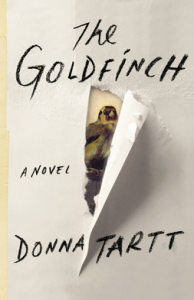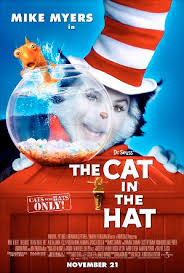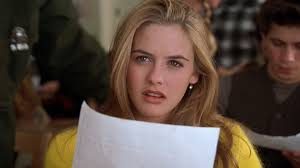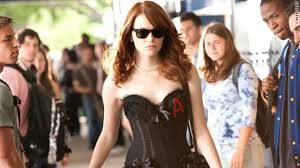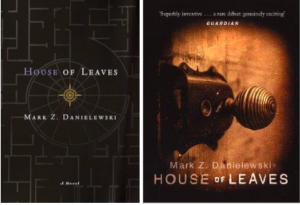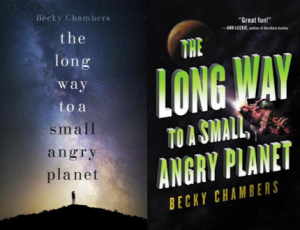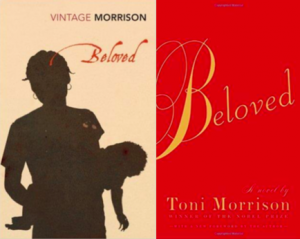When I was younger, I used to tip-toe into my father’s study, sit quietly amongst his towering wooden bookshelves, and crane my neck to marvel at the aged, jewel-toned spines of the vintage editions displayed before me. Intricate, golden cursive against the peeling leather spelled out titles from The Essays of Sir Francis Bacon to The History of Epistemology, and while my preschool reading abilities were confined to the likes of The Frog and the Toad, I felt an undeniable sense of reverence and humility in the presence of the wise, yellowing pages and ornate covers housed on those bookshelves. One night, however, I was feeling particularly audacious and decided to climb the tallest shelf, which contained a thick, purple book that had for months been the object of my intrigue. A few minor miscalculations later, I had made enough noise to awaken my entire family and quickly fled the scene, purple book in hand. Thus, I discovered the works of British poet W. H. Auden.
Though my appreciation of poetry leans towards the all-embracing, I often find myself put off by overly-sentimental writing stifled by excessive attempts to convey emotion. I believe that language is most beautiful when permitted to speak for itself, and the words of W. H. Auden do exactly that. Auden evokes grief, loss, and utter desolation without the sentimentalism upon which the Romantic poets relied so heavily, and he defies conventional expectations in his technical virtuosity just as he does in his pragmatic, grounded approach to love.
Many love poems assume an idealized position in which the eternality of love allows man to transcend life’s inevitabilities, but Auden challenges the validity of this idea, arguing instead for the ephemerality of love and supremacy of time. “Lullaby” is a condemnation of traditional Romanticism that, like many of Auden’s poems, begins with an intentional surrender to convention followed by a swift repudiation. The first line, “Lay your sleeping head, my love/,” expresses tenderness and vulnerability, while the second, “Human on my faithless arm,” almost immediately establishes the practicality and unorthodoxy that characterize the remaining stanzas. In readily admitting his own faithlessness and consequently calling into question the value of monogamy, Auden portrays himself as the antithesis of the traditional Romantic hero and goes on to celebrate the love between two imperfect individuals. Rather than depicting the unflawed and even sublime love typical of Romantics, Auden urges humanity to abandon the pursuit of traditional ideals and to instead seek authenticity, ending the first stanza with an affirmation that his lover, while “mortal” and “guilty,” is nonetheless “entirely beautiful.”
Perhaps Auden’s ease in discerning the superficiality behind such ideals results from his understanding of the supremacy of time; he appreciates love but accepts its transience. Just as “Time and fevers burn away/Individual beauty from/Thoughtful children,” death ultimately “proves the child ephemeral.” Likewise, while considering the anguish of unrequited love in “The More Loving One,” Auden assures readers that “Though this might take [him] a little time,” it is possible “to look at an empty sky/And feel its total dark sublime”—that is, while the speaker contemplates his ability to exist in the absence of his beloved, he also acknowledges that time’s passage will lessen his pain. The lovers depicted in “As I Walked Out One Evening,” however, represent the alternate side of this scenario: their affection is very much mutual, and each assures the other of the perpetuity of his or her love, proclaiming “I’ll love you/Till China and Africa meet” and “till the ocean/Is folded and hung up to dry.” Auden’s antagonistic stance is voiced through “all the clocks in the city/,” who “Begin to whirr and chime:/O let not Time deceive you,/You cannot conquer Time,” reminding the lovers that their passion and youthfulness will ineluctably wane.
Admittedly, it is neither Auden’s pragmatism nor his conviction in love’s impermanence that has drawn me to his work, but rather his emotional sincerity. His writing brims with the same genuineness and authenticity that he urges readers to seek in their own lives, and the resulting vulnerability elicits empathy without asking for it. Furthermore, he seems to leave certain lines open to varying interpretations, perhaps mirroring the lack of certainty with which these lines have been composed. I often wonder, for instance, whether Auden prefers to be “the more loving one” because he considers it the less painful option or rather because he cannot bear to see his loved one suffer as he does. Like the speaker of “As I Walked Out One Evening,” Auden’s readers undoubtedly find themselves contemplating the “deep river” that continues to “[run] on,” despite love’s coming and going.
-Sierra Terrana

